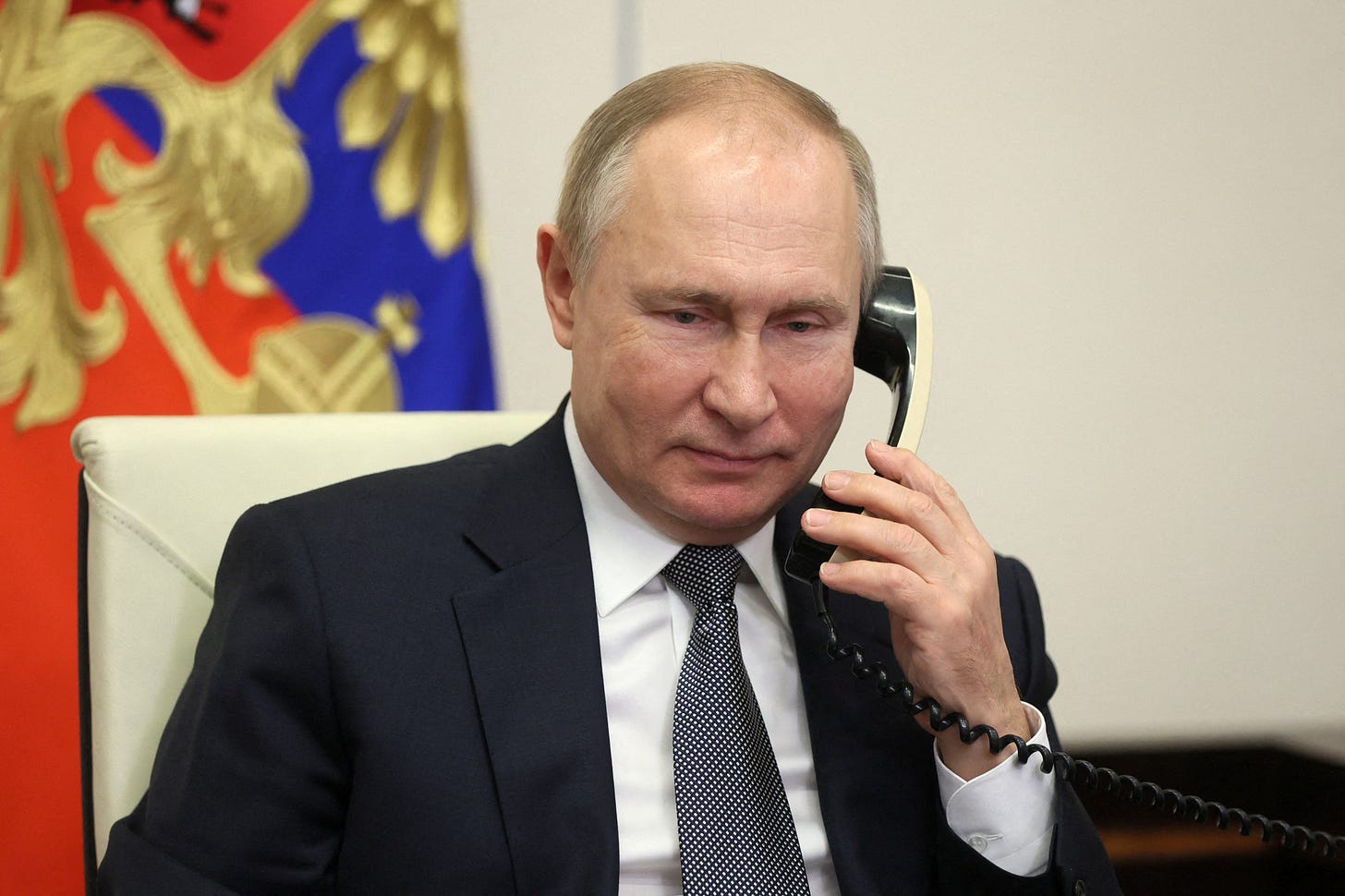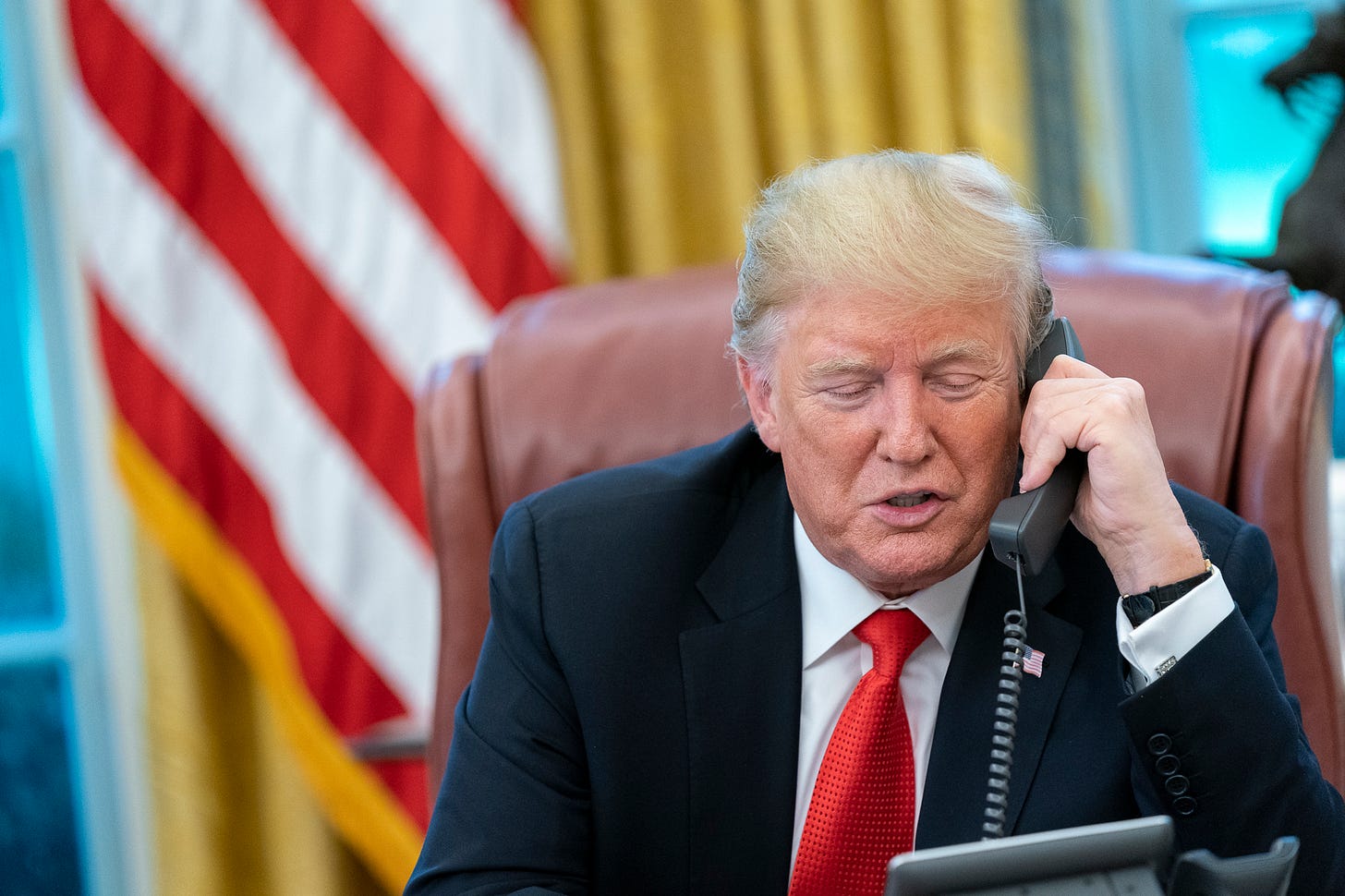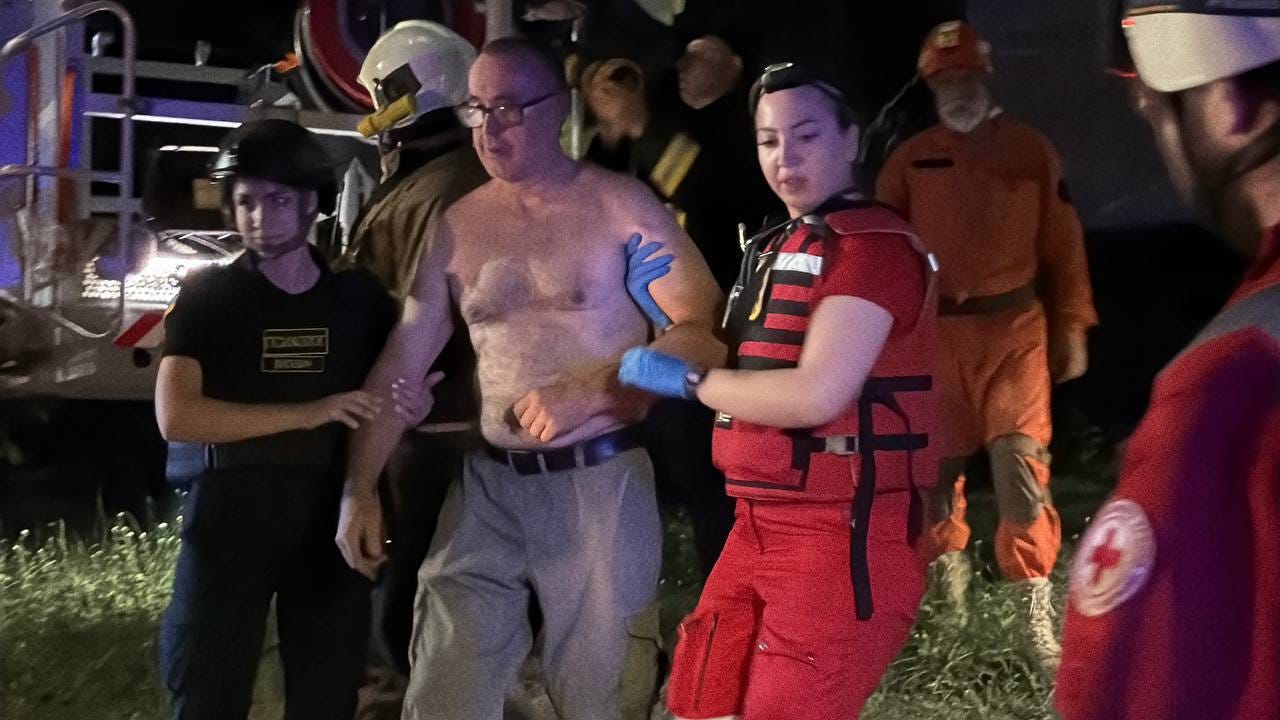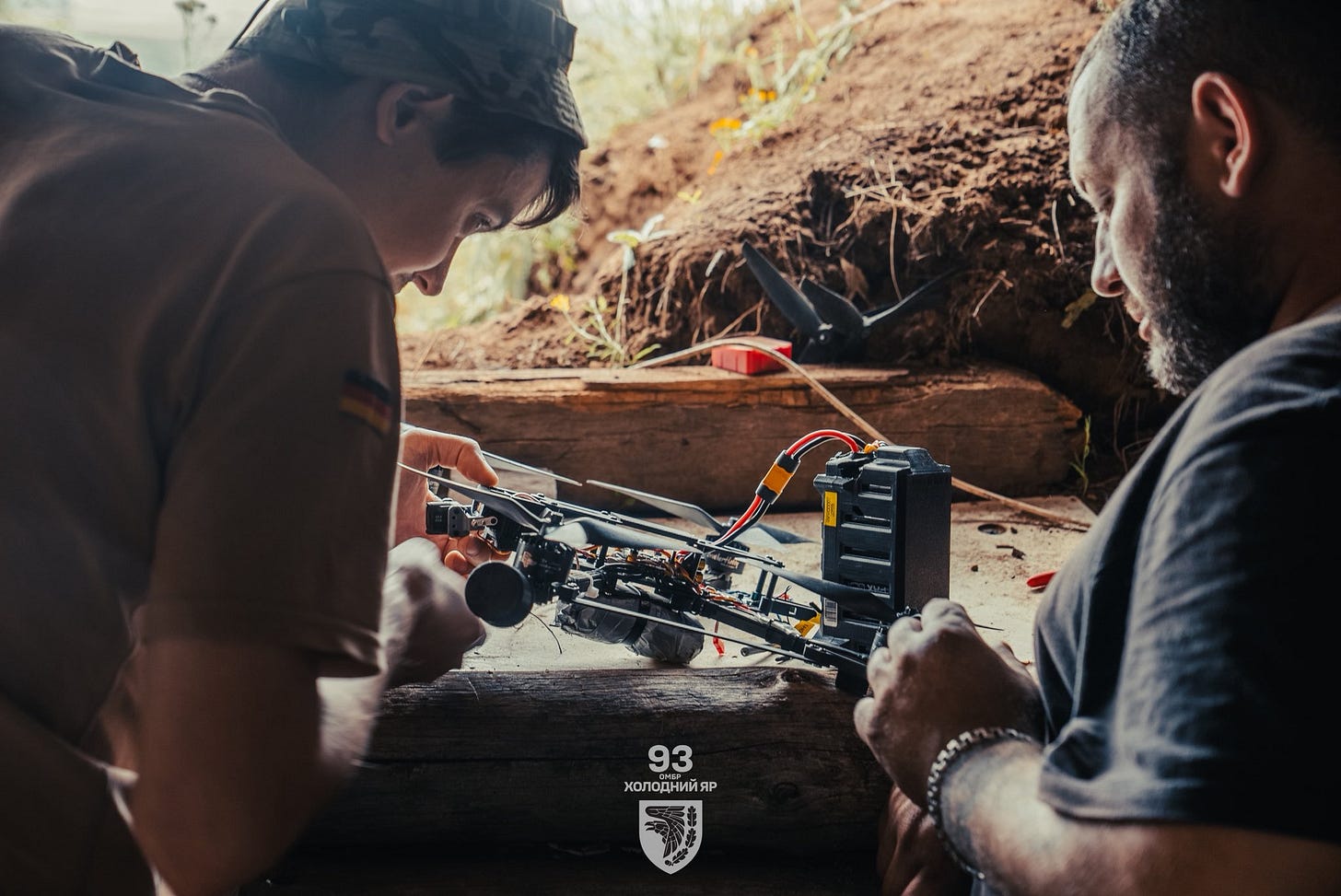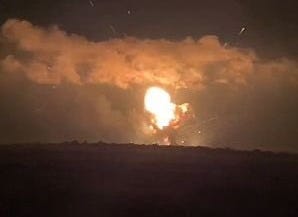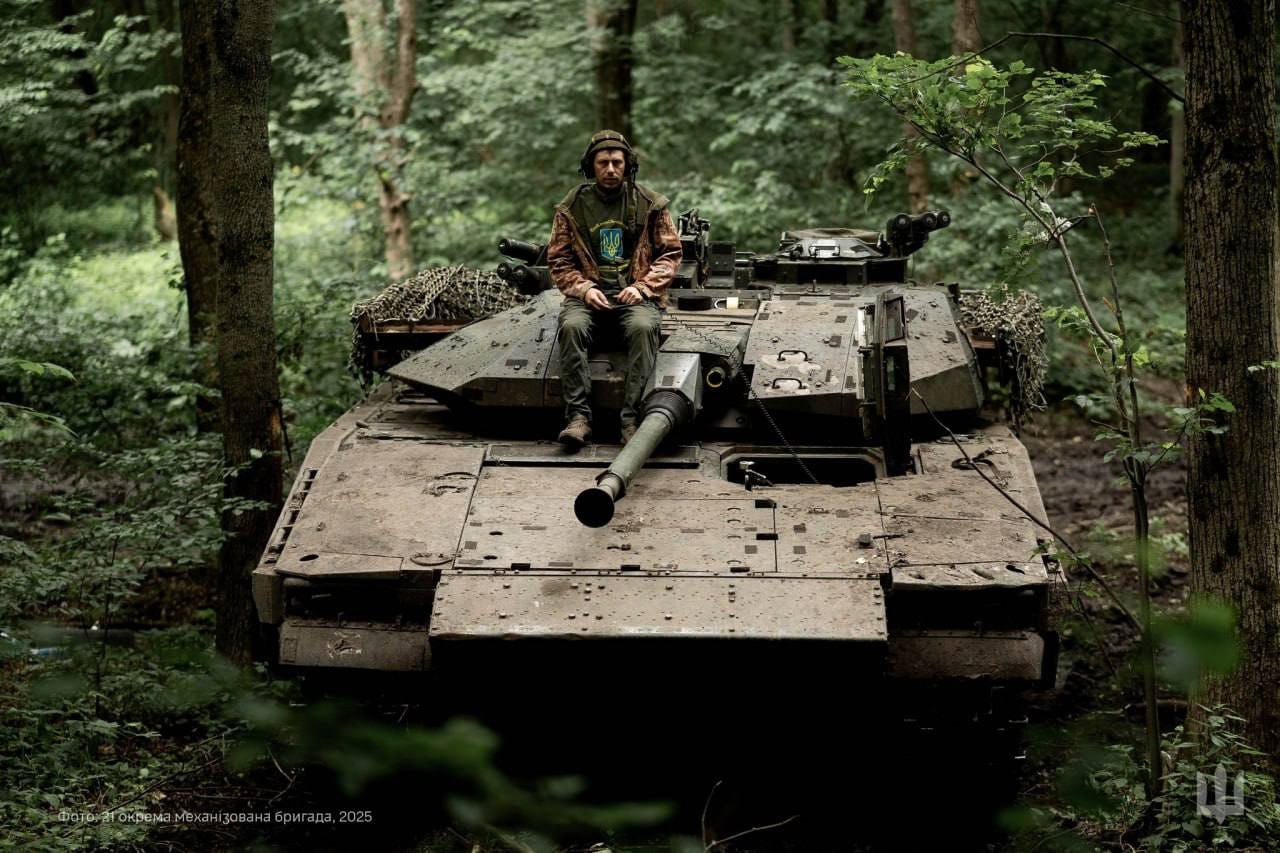US Policy:
One of the clearest lessons of the Russo-Ukrainian War is that Vladimir Putin backs down in the face of strength and doubles down in the face of weakness. Early in the conflict, Western leaders attempted to deescalate the conflict by listing what actions they considered “off the table.” This predictably emboldened Putin. When those same nations reversed course and supplied artillery, armored vehicles, and missiles to Ukraine, the Kremlin did not meaningfully retaliate. While the West has been painfully slow in recognizing this trend, President Trump has proven entirely unwilling or unable to grasp it.
Earlier this week, the US halted shipments of vital military aid to the Armed Forces of Ukraine (AFU) including vital air defense equipment. Today, the Kyiv Independent reported that President Trump spoke with Putin by phone and asked him for a ceasefire. Russia’s dictator refused and indicated his forces would continue the conflict until the Kremlin’s objectives are met. It’s hard to understand why Trump would have expected any other result.
Phillips P. O’Brien wrote, “Could there be anything stupider than the US unilaterally cutting the remaining supplies of its weapons to Ukraine, and then Trump a day later asking Putin to agree a ceasefire?” Some, more conspiratorial, minds have suggested Trump did anticipate this response, especially as he does not seem to have pushed the matter when Putin refused. Yaroslav Trofimov wrote, “Putin and Trump had a call, again. Per Russian readout, Trump called for a ceasefire, Putin said Russia first needs to achieve the goals of the “special military operation,” Trump didn’t object and then they talked about cooperation in promoting “traditional values” in movies.”

President Trump is scheduled to speak with Ukraine’s Zelensky later this week. MilitaryNewsUA wrote, “Zelensky and Trump will talk by phone to discuss the pause in US military aid to Ukraine, — FT. The conversation is expected to take place tomorrow, Friday,” and the Kyiv Post reported, “Trump and Zelensky to discuss the suspension of US military aid to Ukraine during a phone call on Friday — FT.” For Zelensky, apart from restoring the flow of aid, it will be vital to ensure Ukraine can still buy military equipment from US manufacturers. Vijesti wrote, “Ukraine and American companies have signed an agreement on the production of drones of various types: this year - hundreds of thousands. And next year - there will be an increase. The main component is interceptor drones.”
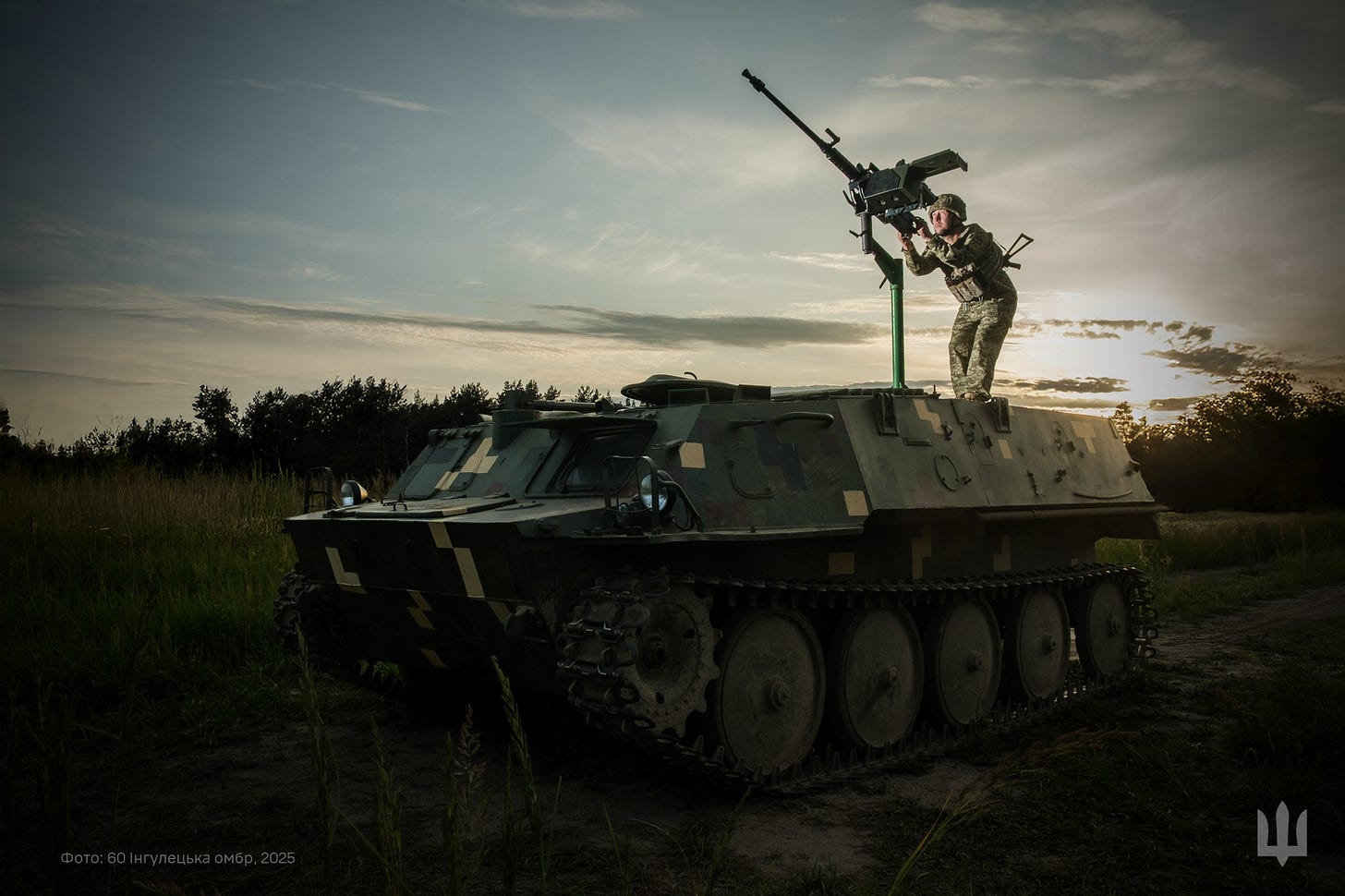
President Trump also faces criticism from members of Congress who are set to consider a sweeping new sanctions package meant to force Russia into negotiations. NEXTA wrote, “American lawmakers — both Republicans and Democrats — have sharply criticized the Pentagon’s decision to freeze arms deliveries to Ukraine. They called it a breach of promises made by Donald Trump at the recent NATO summit, where he spoke of a willingness to sell Patriot systems to Kyiv. GOP Congressman Michael McCaul (Texas) told Politico: “If you want to bring Putin to the negotiating table, you need to apply pressure — not back off. That means Lindsey Graham’s sanctions and weapons deliveries. If you cut off arms supplies, you lose your leverage over Putin.” Meanwhile, Ukraine’s European allies were reportedly stunned by Washington’s decision, Bloomberg reports, citing insider sources. The timing is particularly baffling, given Trump’s recent NATO summit comments, where he spoke of possibly increasing air defense support after a “good meeting” with Zelensky.”
Russian Air Attacks:
Ukraine’s air defenders continue to shoot down the majority of incoming Russian missiles and drones but if shipments of US air defense missiles do not resume, Ukraine could run out as early as the end of summer. Most recently, the Russians targeted the port and civilian homes in the city of Odesa. EuroMaidan Press wrote, “Children injured in Odesa drone strike as US arms shipment stays suspended. Russia's Shahed drone injured two children and three adults after a high-rise took a direct hit during the attack.”
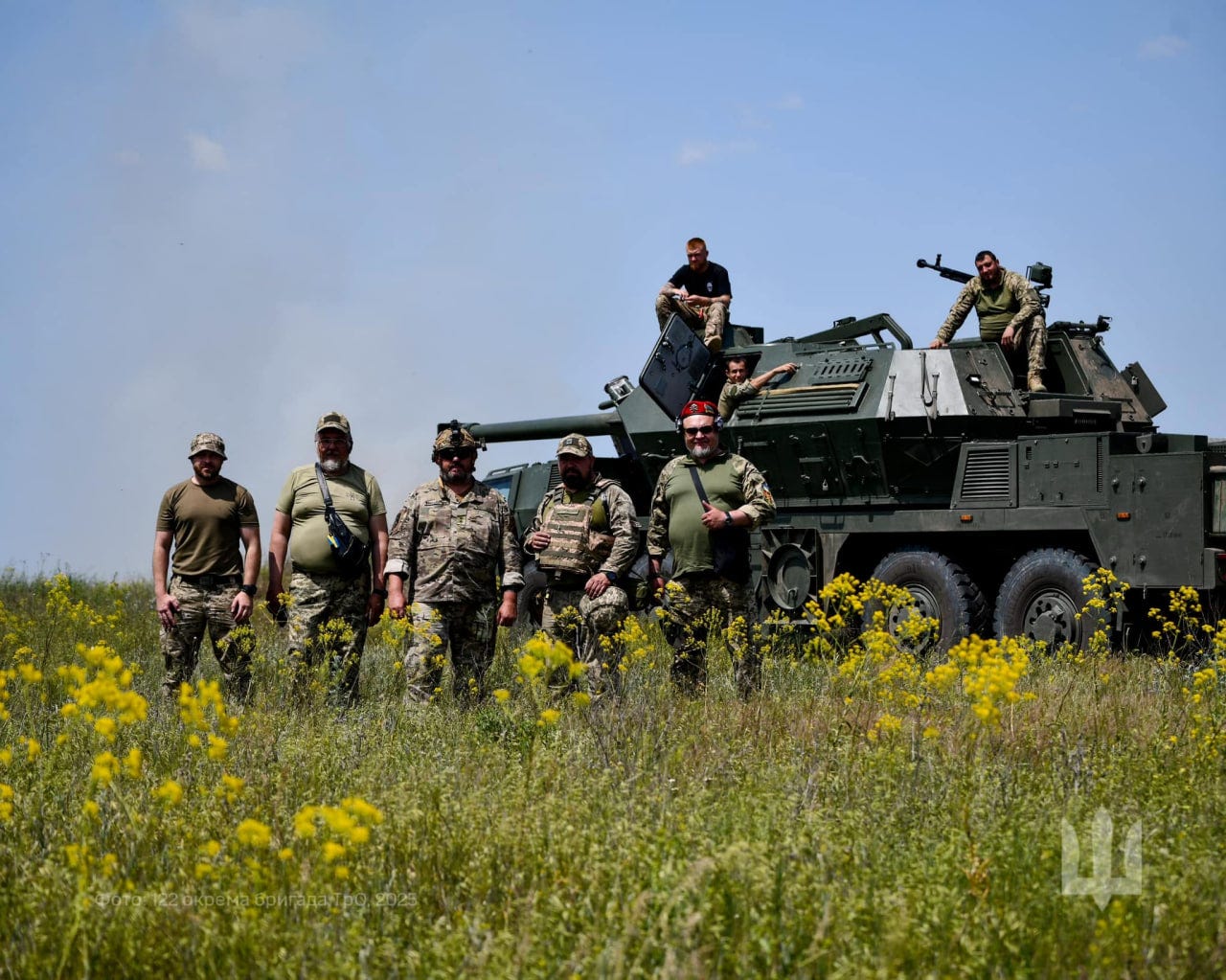
Ground War:
At the front, Russian forces continued their steady but costly advance. John Helin noted that, “Russian advance slowed down in June, but is still similar to August and September of last year. Russian offensive period is still ongoing. Most of the Russian gains were made in Donetsk and Sumy.”
Julian Ropcke shared reports from Donetsk writing, “The battle for the former 31,000 inhabitants town of Toretsk (I last visited in 2019) is over and ended with a Russian victory. After several months of Ukrainian counterattacks, reaching up to the center, Russia consolidated its position. Also, the suburbs of Krymske, Dachne and Dyliivka, held longest by Ukrainian defenders to stage counterattacks from the north, were finally occupied to secure the Russian flanks.
Ropcke also reported on a recent Russian advance in Zaporizhia Oblast. He explained, “Over the past week, the Russian invasion army captured around 60% of Kamyanske in Zaporizhzhia oblast.” Still, Sumy and Donetsk remain the hottest sectors of the front.
Ukrainian Strikes:
In Donetsk, Ukraine has used targeted drone and missile strikes to starve the Russians of vital fuel and ammunition. NOEL Reports wrote that in, “Khartsyzk in temporarily occupied Donetsk region — multiple direct hits, reportedly on a Russian ammunition depot.”
The AFU also launched long range air strikes deep inside Russia. NEXTAreported that, “The Ukrainian Armed Forces attacked the "Energia" factory in the Lipetsk region. It is the largest producer of power sources for bombs and drones. “ Maks 25 also wrote, “Today's UAV attack in Udmurtia hit the village of Borok, where the Rosrezerv oil depot is located, - ASTRA. The village is home to the oil depot of the Gorizont (Prioritet) Federal State Budgetary Institution of the Rosrezerv plant.”




